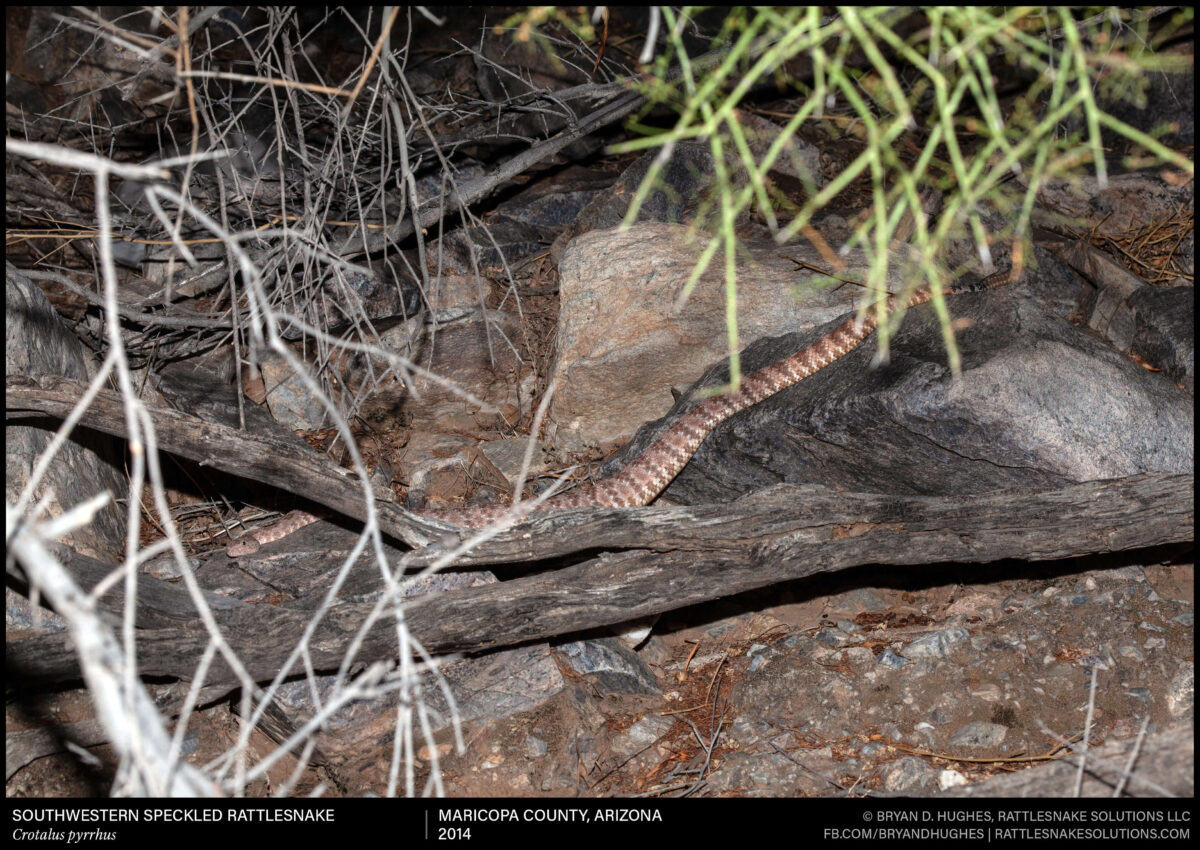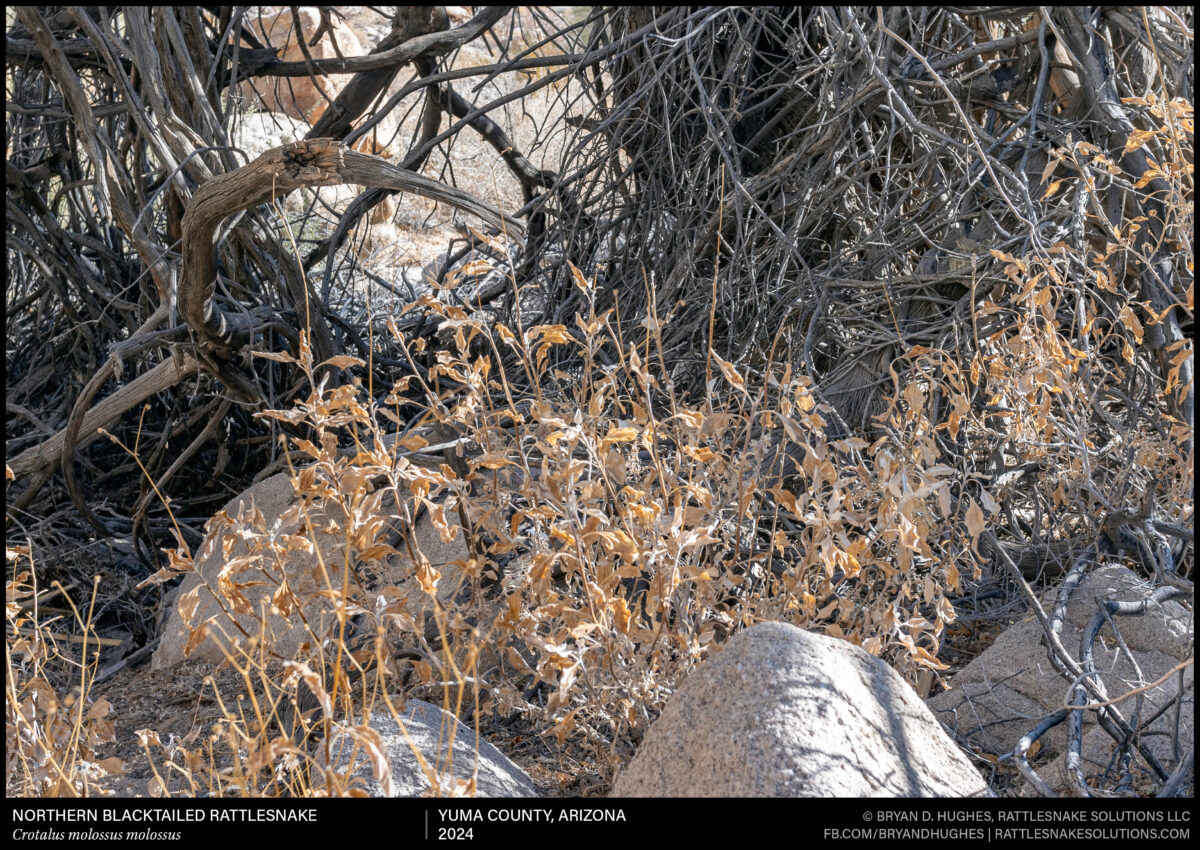In the southeastern corner of Arizona, kingsnakes look different than the black and white banded pets many people are familiar with. This Desert Kingsnake, as an example, of a more speckled, chain-link pattern and somewhat more colorful base color. This is, with much variation, similar to how they’ll look throughout the Chihuahuan desert, and much of the subtropical Sonoran.










